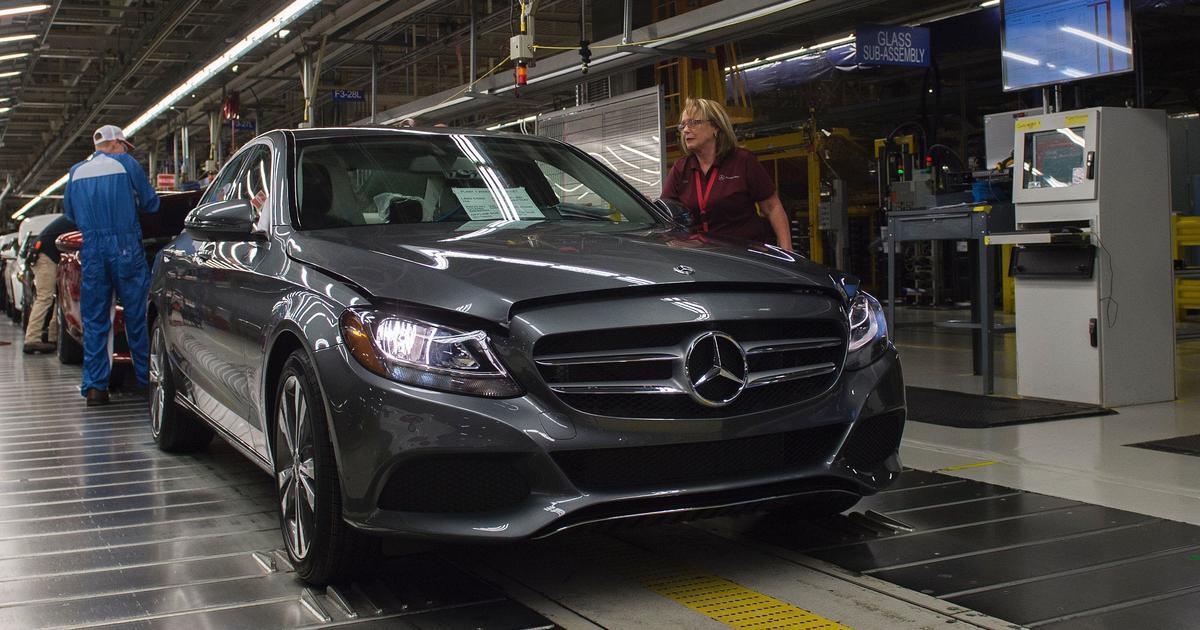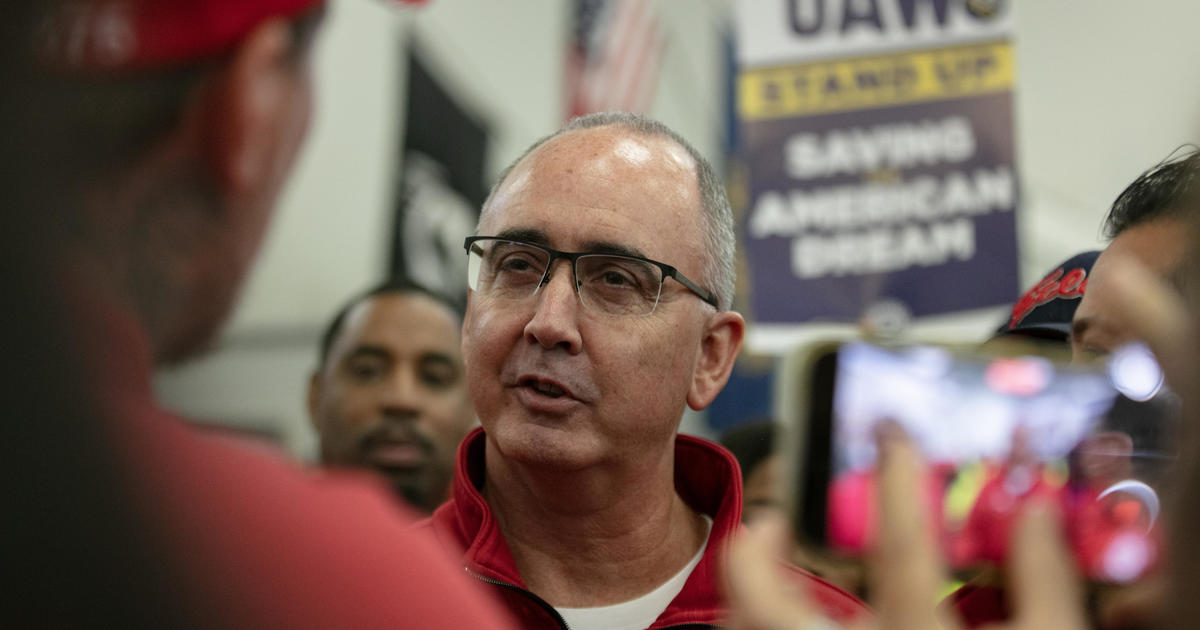Auto Show Tech: Your Car Will Drive Itself By 2025
DETROIT -- Your car will pretty much be able to drive you to Chicago by itself by 2025.
That's the prediction of the German auto supplier Continental, which talked up its high-tech efforts toward "automated driving" during a media preview Monday at the North American International Auto Show.
"Automated driving seems to be science fiction, but indeed it is not," Continental CEO Elmar Degenhart said.
Automated driving will come incrementally, Degenhart said, starting with taking over the car in traffic jams and other low-speed situations by 2015-16. Adaptive cruise control, lane station keeping and automatic braking will allow drivers to safely do something else -- for example, watch a video or work or play on the Internet -- when they're stuck in traffic. When speeds pick up again, drivers will be prompted to take over the vehicle again.
As systems get more robust, cars will move beyond that "partially automated" driving through phases of "highly automated" and "fully automated."
By 2025, Degenhart predicted, "for 80 to 90 percent of the time during a drive between cities like Detroit and Chicago, you would be able to drive fully automatic ... it will be similar to the autopilot function in an aircraft."
Drivers will always have the option of driving the vehicle themselves, but in most situations will also be able to turn it over to the smarter car and its adaptive cruise control and automatic lane keeping systems. A variety of technologies and sensors make this possible, from radar to infrared to ultrasound, along with improvements in computer speed and memory.
Automated driving will also make travel safer, Degenhart said -- no more nodding off or losing concentration at the wheel and drifting into the wrong lane or rear-ending the car ahead. Every day, he said, American roads see 15 fatalities and 1,200 injuries, and "we are confident that with the use of automatic driving we can reduce these numbers significantly." Also, he said, cars that use realtime Internet information on traffic and weather can reroute travel to make it more efficient, lightening the environmental footprint of driving.
The regulatory framework of automated driving is still in its infancy, and federal regulators are working with automakers and auto suppliers on these technologies, Degenhart said.
(Unsolicited Opinion Dept.: During this event the room full of auto writers seemed concerned about automated systems taking away "the romance of driving" and so forth. Oh, please. About 5 percent of the driving I do is romantic. Throwing a car around M-22 in Leelanau County in October is romantic. But I'd give anything to make productive use of the time I spend driving to Kalamazoo on I-94 for the 417th time. Besides, these technologies will always be optional. Drivers wouldn't have it any other way.)
In other Auto Show News for Nerds:
* George P. Johnson Co. of Auburn Hills rules the tech of the auto show. Check out their amazing screen setup at the Scion exhibit, and the amazing entire Nissan exhibit, complete with a characteristic "Nissan scent" pumped into the air. (It's very light and pleasant, like soap and water.)
* The Corvette exhibit basically features hundreds of middle-aged men, all wearing goofy grins like 10-year-old boys.
* The Ford exhibit features the oldest remaining Ford vehicle, a 1903 open car with a two-cylinder, 1.9-liter engine making 8 hp, as well as costumed interpreters from the period, including one with an amazing resemblance to Henry Ford.
* The Truck of the Year is really a tech tour de force. The Dodge Ram 1500 features a grille that automatically closes above 55 mph to make the vehicle more aerodynamic. Heck, the whole truck drops an inch on an air suspension at high speeds (that's how they get 25 mpg highway out of a giant truck). Inside, a 8-inch and 7-inch screens provide incredible volumes of information on the vehicle and its surroundings.
* Johnson Controls made a whole raft of introductions at the auto show. Included were: the "Inspiration Seat," which turns the usual three-seat back seat into luxury for two, with adjustable side wings, seat backs, leg supports and foot rests, massage, heating, ventilation, and hardware and software controls; the luxury "Bespoke" interior with enhanced premium leather, advanced electronics and lighting, and wireless device charging; the Gen3 Synergy Seat, which combines eco-friendly materials with advanced technologies and integrates advancements in trim materials and foam formulations to enhance occupant comfort; a new electronic cockpit that features a reconfigurable cluster combined with heads-up display, touch and gesture control, and displays that shift information between the instrument cluster, center stack and heads-up displays; lightweight and renewable Compression Hybrid Molding for interior components; and Absorbent Glass Mat battery technology that is powering Ford Motor Co. 2013 Fusion Auto Start-Stop vehicle. AGM batteries used in a Start-Stop system help reduce fuel consumption as the engine shuts off when the vehicle comes to a stop in traffic or at a red light. The battery restarts the engine when the driver's foot releases the brake pedal or engages the clutch.
* Panasonic Automotive Systems Co. of America announced a "working agreement" with London's legendary Abbey Road Studios to develop custom audio systems for the automotive market.



